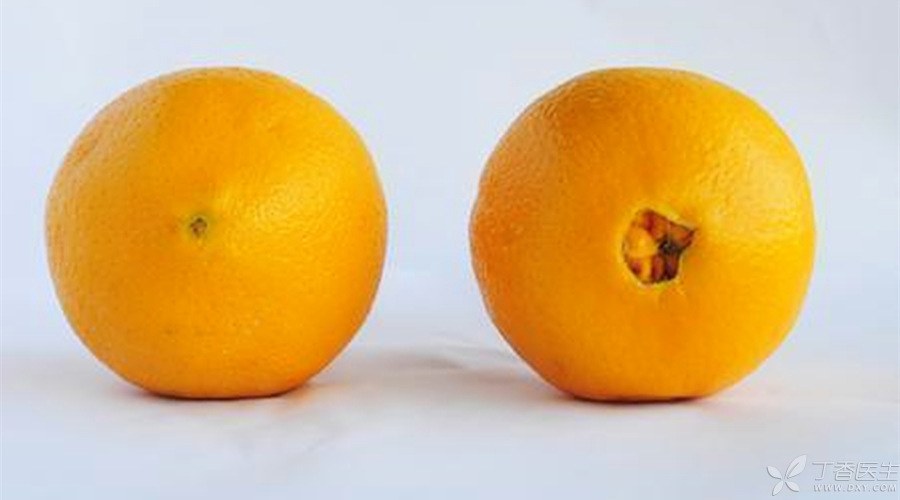
This summer is already halfway through, so everyone must have eaten a lot of watermelons.
Watermelon, a kind of fruit, has its own black box attribute. Therefore, in addition to the most common beating skills, we can also see flooding, throwing and other difficult movements … The most mysterious one is probably the statement that watermelons are divided into male and female, and the female is delicious.
But …
Is fruit really divided into males and females?

Although the practice of dividing fruits by sex makes sense at first glance, it is:
Watermelons have no biological male and female, and all fruits have no.
Although the fruit is formed after mating plants, the vast majority of tissues that make up the fruit come from the female parent, and only the seeds have components from the male parent.
In other words, the edible part of the fruit is female, not male. The so-called “male” and “female” are just that the fruit looks different.
Take watermelons, oranges and oranges for example:
Look at the navel divided into male and female, reliable?
The method of watermelon [dividing male and female] is to look at [navel], and the big one is the mother. The same method is also applied to oranges.

The navel is located at the top of the fruit, which is actually the permanent scar left on the fruit by the process of flower falling off. The navel of oranges is mostly punctate. Watermelon’s [navel] sometimes has an extra ring, which is proof of petals and sepals.
These scars are mainly remnants left by tissues transporting water and nutrients, because the lower pericarp tissue usually develops slower (or even does not develop) than other parts, thus forming a slightly sunken [umbilicus].
But in fact, this is a scar. The shape of this scar can neither show whether watermelons and oranges are male or female, nor can it show that the scar with this shape tastes better than the other shape.
Another kind of fruit is navel orange.

The navel of navel orange has a complicated structure, and it seems to have a deformed small orange inside. In fact, it is an accessory fruit formed by abnormal peel development. The expansion of this accessory fruit cracks the peel of the navel, leaving a scar on the top of the fruit shaped like a human navel.
Like oranges and watermelons, there is no evidence that the shape and size of accessory fruits are related to the taste of fruits.
However, in a navel orange, this [navel] is likely to taste better than other parts. When the navel orange is still hanging on the tree, this [navel] is below, and the sugar content in the orange will move downward due to the action of gravity, thus gradually weakening the sugar concentration in the orange from bottom to top.
Most hanging fruits have similar characteristics, that is, the place near the handle tastes light and the buttocks taste stronger.
It doesn’t work on oranges with the most obvious [navel], and this method of dividing male and female is even more inapplicable to other fruits.
Pears are an exception
The method of judging fruit taste by appearance is only effective for one kind of fruit: Korla fragrant pear.

The fruit of fragrant pear has two development modes, one is long and delicious according to the way of fruit. One is long and tasteless according to the way leaves or bark are grown. The sepals of the former fall off, leaving a pit, while the sepals of the latter do not fall off, leaving a small protruding part.
Therefore, the [mother] pear with the [navel] part sunken will taste better, which may be the origin of the legend of [fruit divided into male and female].
However, it needs to be stressed again here: this method is not applicable to other varieties of pears, let alone extrapolated to other fruits.
How to choose fruit?

Everyone may have a lot of experience in picking fruits. However, most of these methods are aimed at specific fruits. After all, there are many kinds of fruits, and their shapes, structures and development processes are very different. There is no common selection method in what.
In general, if you want to choose better fruits, you can follow these two general principles:
-
Fresh fruits are better to eat. Fresh can be judged by water content. Fresh fruits are full, firm and elastic, and the stalks do not dry and fall off.
-
Ripe enough is better to eat. Fruits with just the right maturity have less turquoise in the peel and smell pleasant. However, if the peel is dark and heavy in color and smells of wine, it means it is ripe.
The above principles can only be used to select fruits of the same variety, that is, those that are put in the same basket in the fruit store.
Different varieties of fruits, such as Red Fuji and Marshal Huang in apples, have great differences in themselves and it is meaningless to compare them.
I’m really not sure if it tastes good or not. There is also a very simple and direct method, but the accuracy rate can reach 100%, that is:
Take a bite
Don’t you know?
